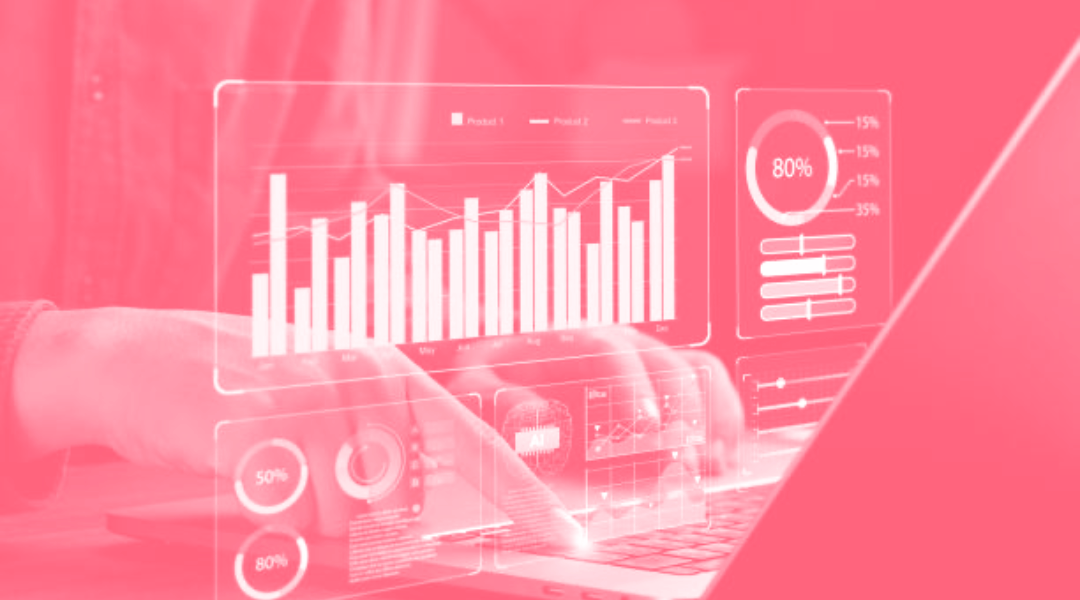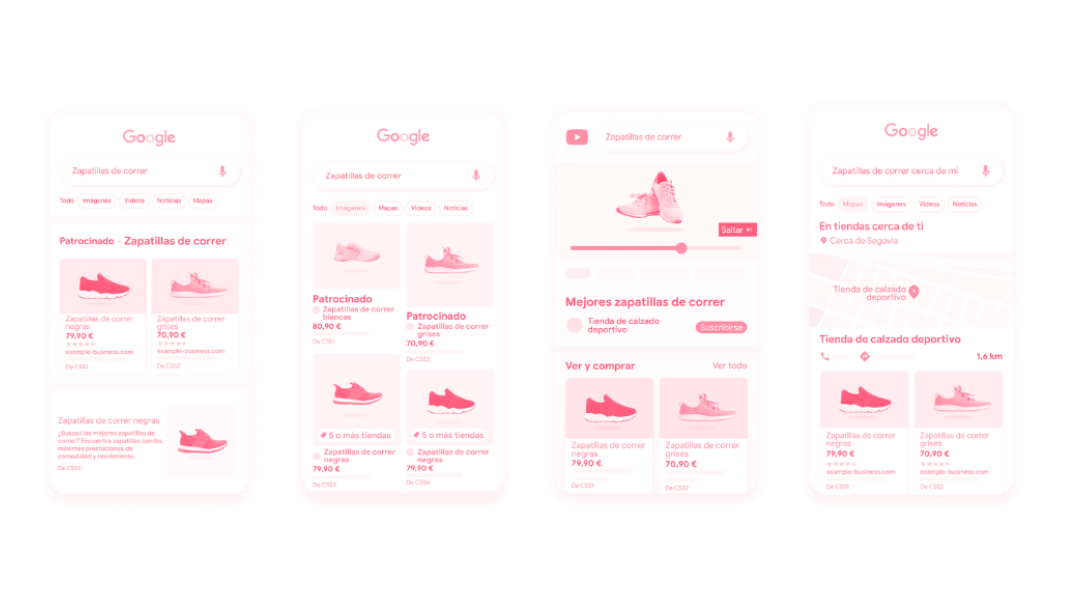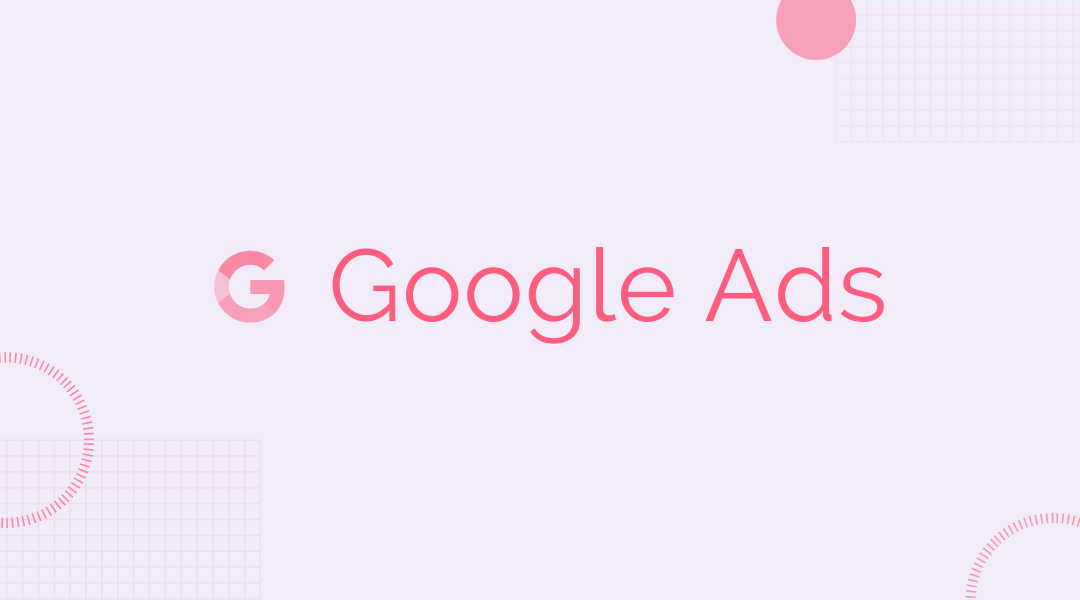Google Merchant Center Next: Simplifying e-commerce with AI and Automation
In the world of e-commerce, efficient product and campaign management is key to reaching the right customers. Google Merchant Center Next emerges as...
Plan, activate and control media to hit targets with precision.
Turn data into smart decisions with advanced analytics and modeling.
Efficiency, governance and scale for agencies and teams.
![[Ebook] SEO + AI: eBook to Master AI Overviews and GEO](https://www.adsmurai.com/hubfs/MKT%20-%202025/WEB/Resources%20-%20Banners/HeaderEN_Ebook_SEO+AI.png)
[Ebook] SEO + AI: eBook to Master AI Overviews and GEO
Learn how to structure and distribute your content so generative models can understand it, trust it, and reuse it in their answers. A practical guide to compete and appear in AI Overviews and AI-powered assistants.
Discover more
Integrated tools play a critical role in the success of online marketing. They allow you to collect data more effectively, perform advanced analytics and make informed decisions to optimise your campaigns and maximise your return on investment (ROI).
One of the leading platforms is the Google Marketing Platform (GMP), which offers a comprehensive suite of tools designed to help you plan, execute and analyse your digital marketing strategies in an integrated and effective way. In this article, we'll explore in detail the different components of the Google Marketing Platform and how they can be leveraged to maximise your brand's potential.
TABLE OF CONTENTS
Google Marketing Platform is a comprehensive tool that merges advertising and analytics, empowering your marketing strategy to achieve superior results. This platform unifies Google's solutions, giving you the ability to manage your campaigns from start to finish with tools such as Display & Video 360, Google Analytics 360, Search Ads 360, Tag Manager 360 and Campaign Manager 360.
By integrating advertising and analytics data, the Google Marketing Platform allows you to plan, buy, measure and optimise your digital media strategies and consumer experiences in one place. It is made up of several products that work together to help you achieve your digital marketing goals.
In addition, Google Marketing Platform stands out as a key ally in personalising artificial intelligence with consolidated data, allowing advertisers to create unique campaigns tailored to their specific needs and achieve an optimal return on their investment.
With its flexible design, the platform gives you the freedom to choose the type of media you buy, how you buy it and how you evaluate it, giving you complete control over your advertising strategies.
Today's buyers have access to many ad serving solutions. It is important to have a connected digital advertising ecosystem so that all these programmes communicate with each other. The Google Marketing Platform is made up of several products offering a more holistic view.
By using Google Marketing Platform products together, you can achieve cost and time savings as well as increased revenue. With Google Marketing Platform, you can also:
Deliver faster, smarter marketing: Built-in intelligence automatically displays your most valuable data so you can act quickly to meet your goals and visualise data across different systems and sources.
Gain more control over investments: Have greater and more complete control over your multi-channel investment in Paid Media, allowing you to make better business decisions, properly diversifying your budget and understanding how each platform contributes to helping you achieve your marketing goals.
Better understand your audience: Easily integrate and access audience data to better understand your users and identify your most valuable audiences.
Share information across marketing teams: Google Marketing Platform brings products together under a single brand, simplifying collaboration and information sharing across marketing teams.
Create better experiences at scale: Predict which site and app experiences will perform well, create more relevant ad copy, and use Google Audiences across Display, Video and Search.
Harness the power of Google AI: Understand how to optimise creative for greater impact, predict the results that matter to your business, and use these insights to make better decisions across all bidding strategies.
Google Marketing Platform products work together so you can plan, buy, measure and optimise digital media and customer experiences in one place.
On the ad buying side, you have:
On the analytics side, you have:
Bringing all products together, you have:
Google Marketing Platform products/product objects have one of two service levels:
360: Designed for companies that generate large amounts of data, require a more sophisticated set of analytics tools and also benefit from a professional services agreement.
Standard: Designed for smaller companies that generate less data, require a standard set of analysis tools and do not need the support of a professional services agreement.
Advertising products are all 360. Analytics products/product objects can have either service level. The service level is determined after linking a product to your organisation, and can have the combination that best suits your business.
The integration of the various tools within the Google Marketing Platform offers a number of significant advantages for digital marketers. These benefits include:
Data centralisation: By using an integrated platform, data from multiple sources, such as Google Analytics, Google Ads and Display & Video 360, can be centralised in one place. This makes it easier to collect, organise and analyse data, providing a holistic view of campaign performance.
Consistency in messaging: The integration of tools allows for greater consistency in messaging and marketing strategy. Shared data across platforms ensures that messages and offers are consistent across all channels.
Optimising the customer experience: With a deeper understanding of customer behaviour and preferences through integrated data, companies can deliver more personalised and relevant experiences.
Operational efficiency: By working with a single integrated platform rather than multiple independent tools, marketing teams can save time and resources in managing campaigns. In addition, automating routine processes and tasks can improve efficiency.
Deeper analysis and accurate attribution: Integrating data from multiple sources facilitates deeper analysis of campaign performance.
The integration of tools within the Google Marketing Platform provides the tools and data needed to drive more effective strategies, optimise campaign performance and deliver consistent, personalised customer experiences.
In conclusion, the Google Marketing Platform (GMP) represents an end-to-end solution for powering digital marketing strategies. By unifying advertising and analytics data, it offers key benefits such as data centralisation, consistent messaging and customer experience optimisation. With GMP, brands can drive more effective strategies, improve campaign performance and deliver consistent, personalised experiences to their audience, all from a single, integrated platform.

In the world of e-commerce, efficient product and campaign management is key to reaching the right customers. Google Merchant Center Next emerges as...

Creating a Brand Store on Amazon is like building your digital flagship store within the world’s largest marketplace. But it's not enough to just "be...

Google is not just a search engine, it is the technological giant that has been revolutionising technology for decades with its search engine and the...